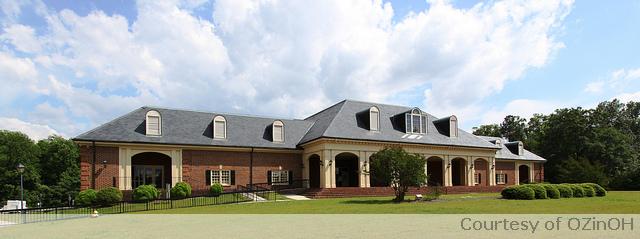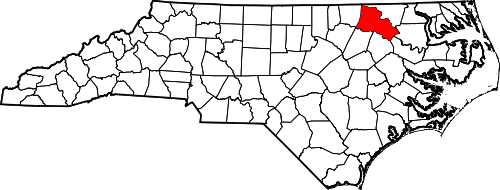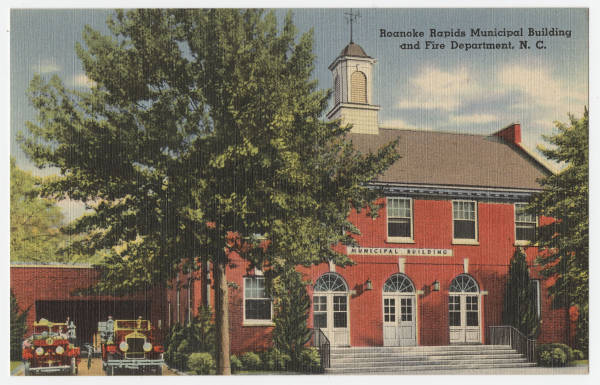|
Halifax County is situated in the northern portion of North Carolina, the most northerly point of the county lacking only about
six miles of touching the Virginia State line. The Roanoke river skirts its northeastern border and Fishing Creek, a tributary of the Tar river, bounds
it on the southwest. A strip of Martin County joins Halifax on the south. Warren County is on the northwest.
The county is slightly triangular in shape, the narrow part of the triangle being the southwestern portion and broadening toward the northeast. It is
about sixty miles long and averages about twenty miles wide, and contains nearly 681 square miles of land surface.
In the southeastern section of the county, along the banks of the Roanoke river, the surface is level and the soil is
exceedingly fertile. In the northwestern division, particularly west of the Wilmington and Weldon Railroad, the surface is rolling, resembling very much
the Piedmont section of the state. Near the larger water courses, miniature canyons are frequent, through which the smaller streams flow in their
ceaseless journey to the larger ones. At frequent intervals, along the Roanoke, “guts” pour their muddy volume of water into the giant stream.
On account of a curious topography, more than three-fourths of the drainage is south and southwest into Fishing Creek, the water shed lying quite close
to the south bank of the Roanoke.
Besides the Roanoke river and Fishing Creek, which are not wholly within the county, there are a number of other water ways
that give form and character to the
surface. Flowing into the Roanoke, are Kehukee, Looking Glass, Quanky, Chockayotte, and Deep Creeks, and Conocanara and Cypress Swamps. Into Fishing
Creek the following streams find their way: Deep, Powells, Butterwood, and Little Fishing Creeks and Marsh, Beech, Beaver Dam, Burnt Coat, Rocky, Jack
Horse, and Bear swamps. Besides these, numerous rivulets and “branches” wind hither and thither in meadows and valleys. There are two Deep Creeks, one
in the northern and another in the southern end of the county. There are six towns of considerable
importance, namely, Enfield, Halifax, Roanoke Rapids, Rosemary, Scotland Neck, and Weldon. Besides these, there are Hobgood, Tillery, Palmyra,
Hollister, Ringwood, and Thelma. Littleton, a town of much importance, is partly in Halifax and partly in Warren County. Halifax has the distinction
of having been at different times the seat of government of the province and afterwards of the new State. It also has the higher distinction of
being the birthplace of the State Constitution and where the famous Independence Resolutions were passed April 12, 1776. Enfield is the oldest town
in the county and was for several years the seat of Edgecombe county when it included Halifax. Enfield was also for a number of years the site of
the district court of the counties of Edgecombe, Granville, Bute, and Northampton. (from
"History of Halifax County", by W. C. Allen, Published 1918)
Also Visit the Halifax County NCGenWeb Archives:

|





